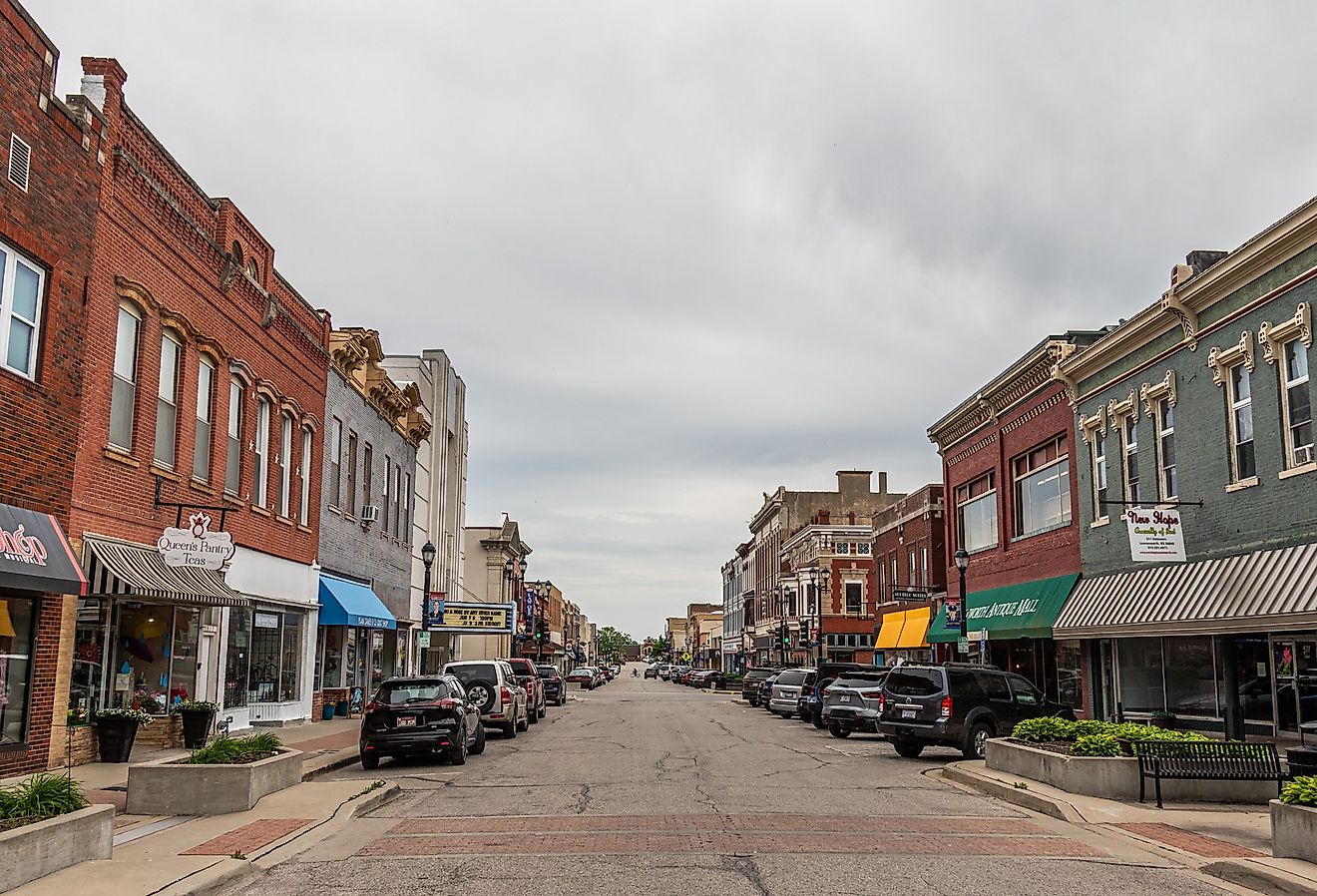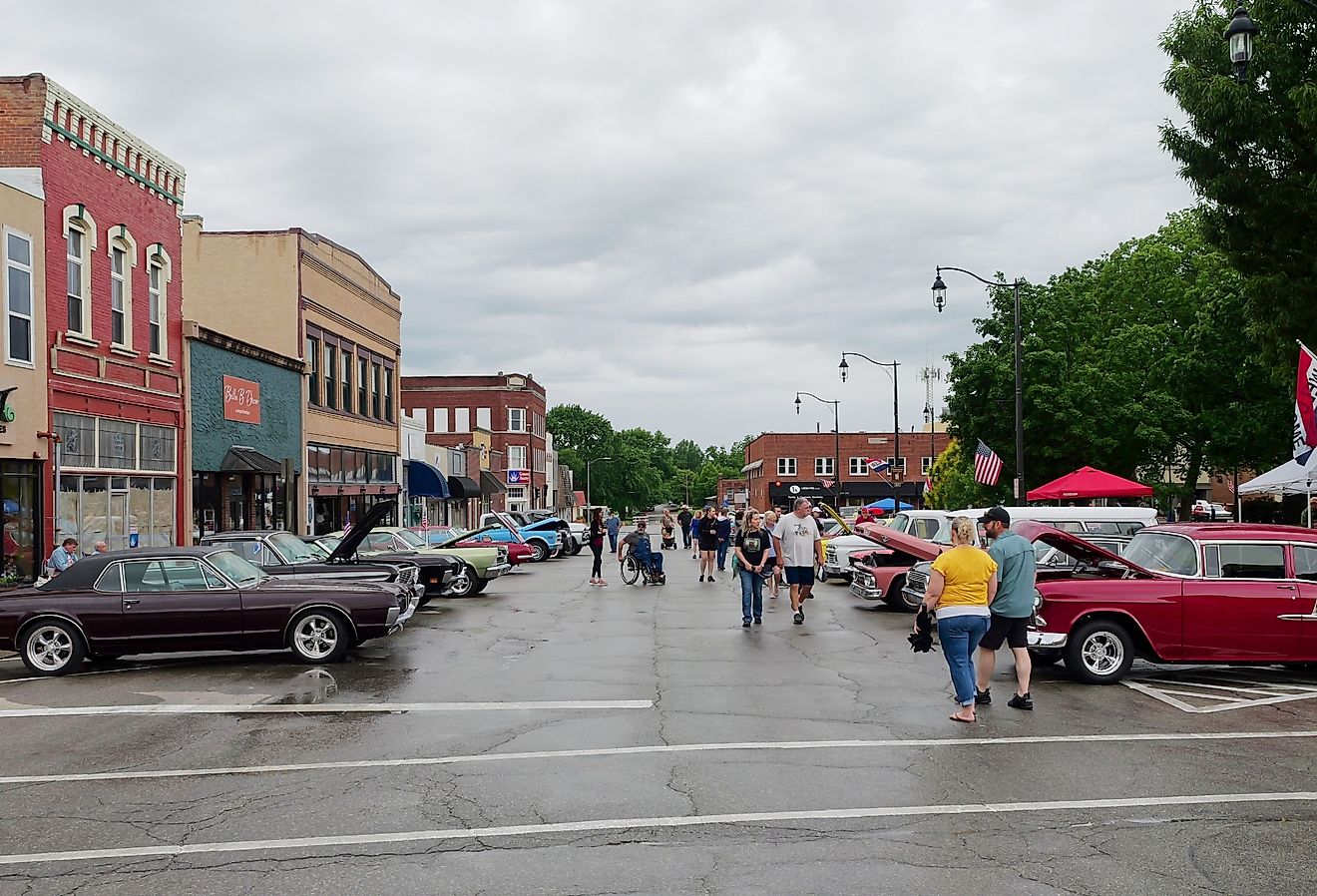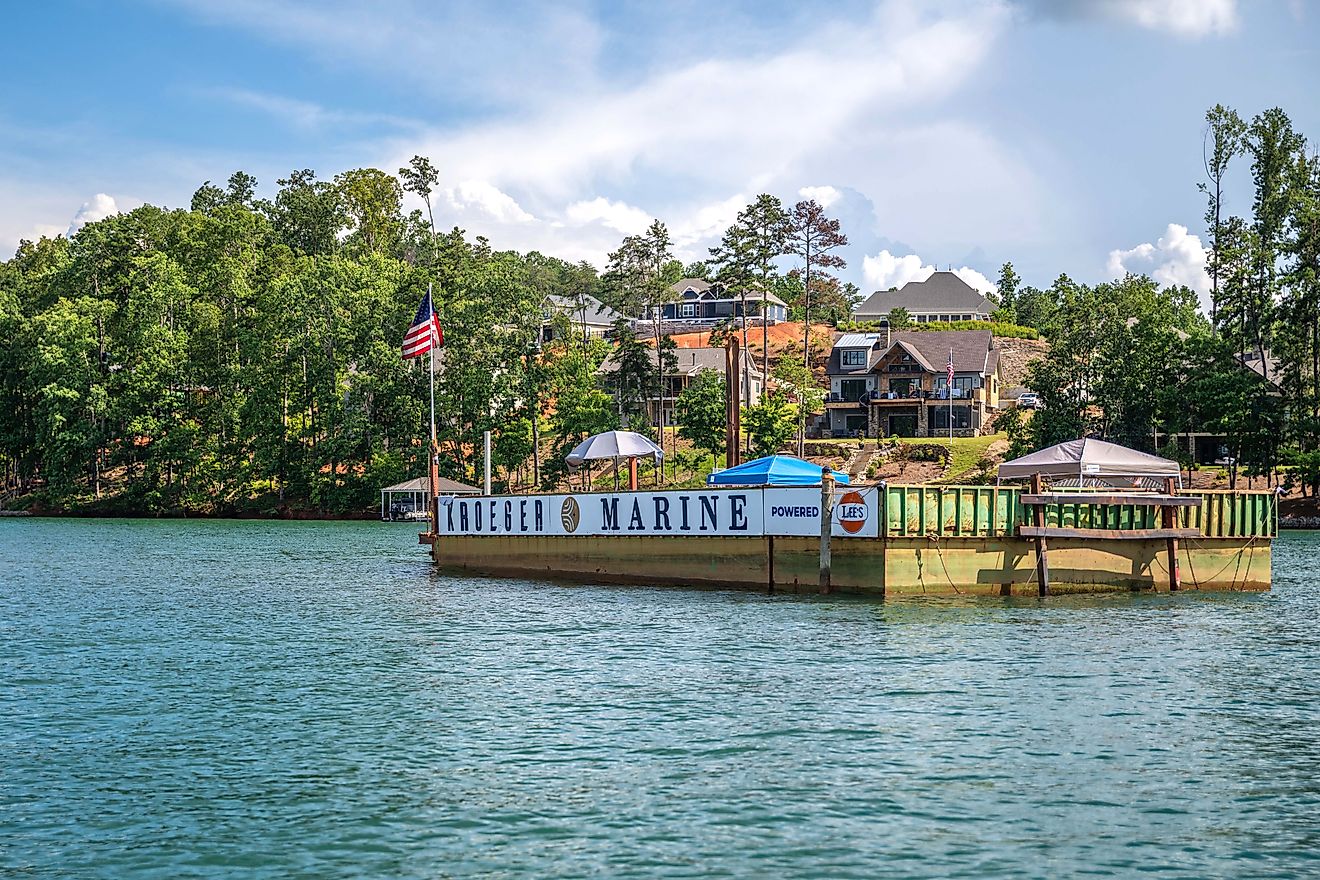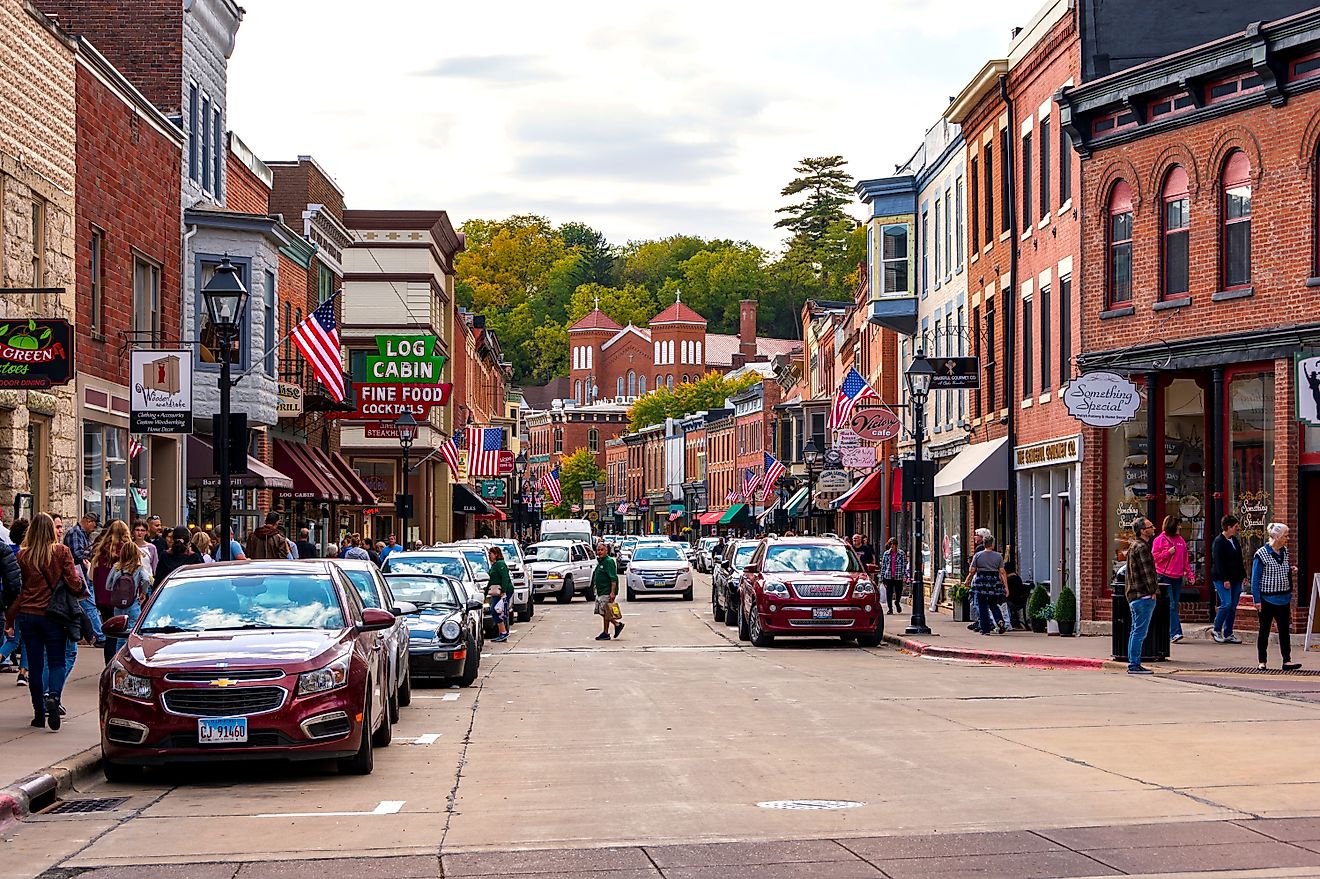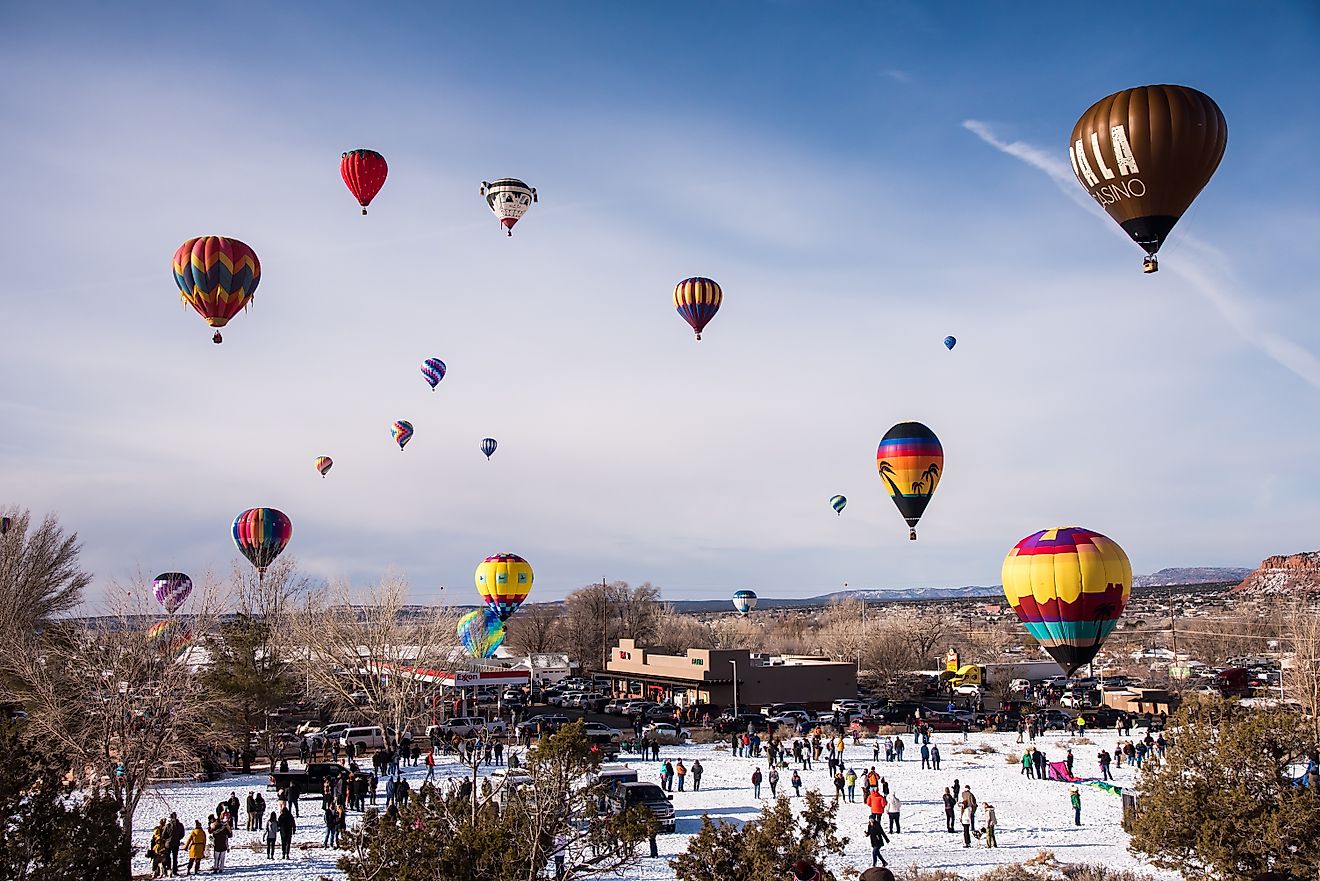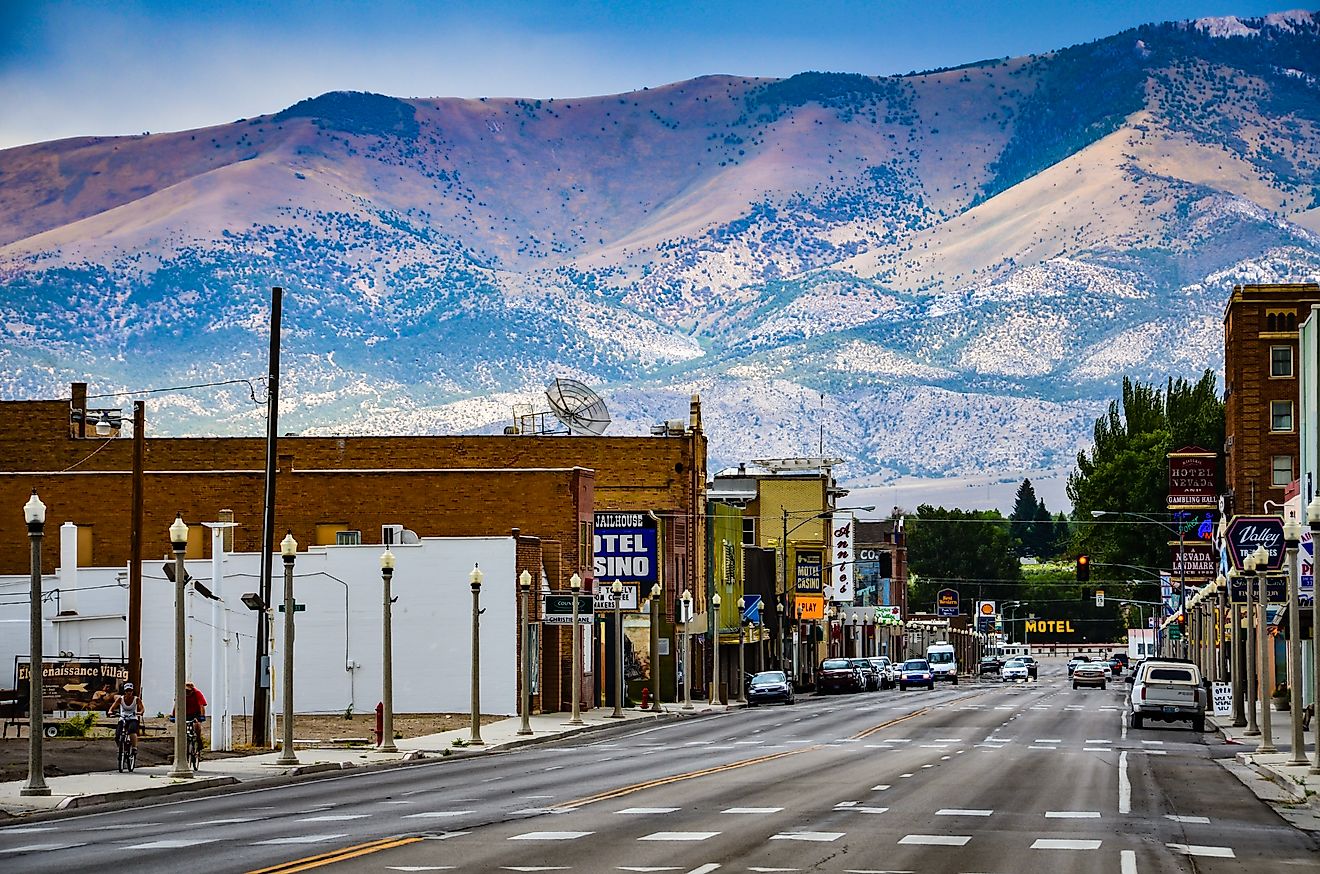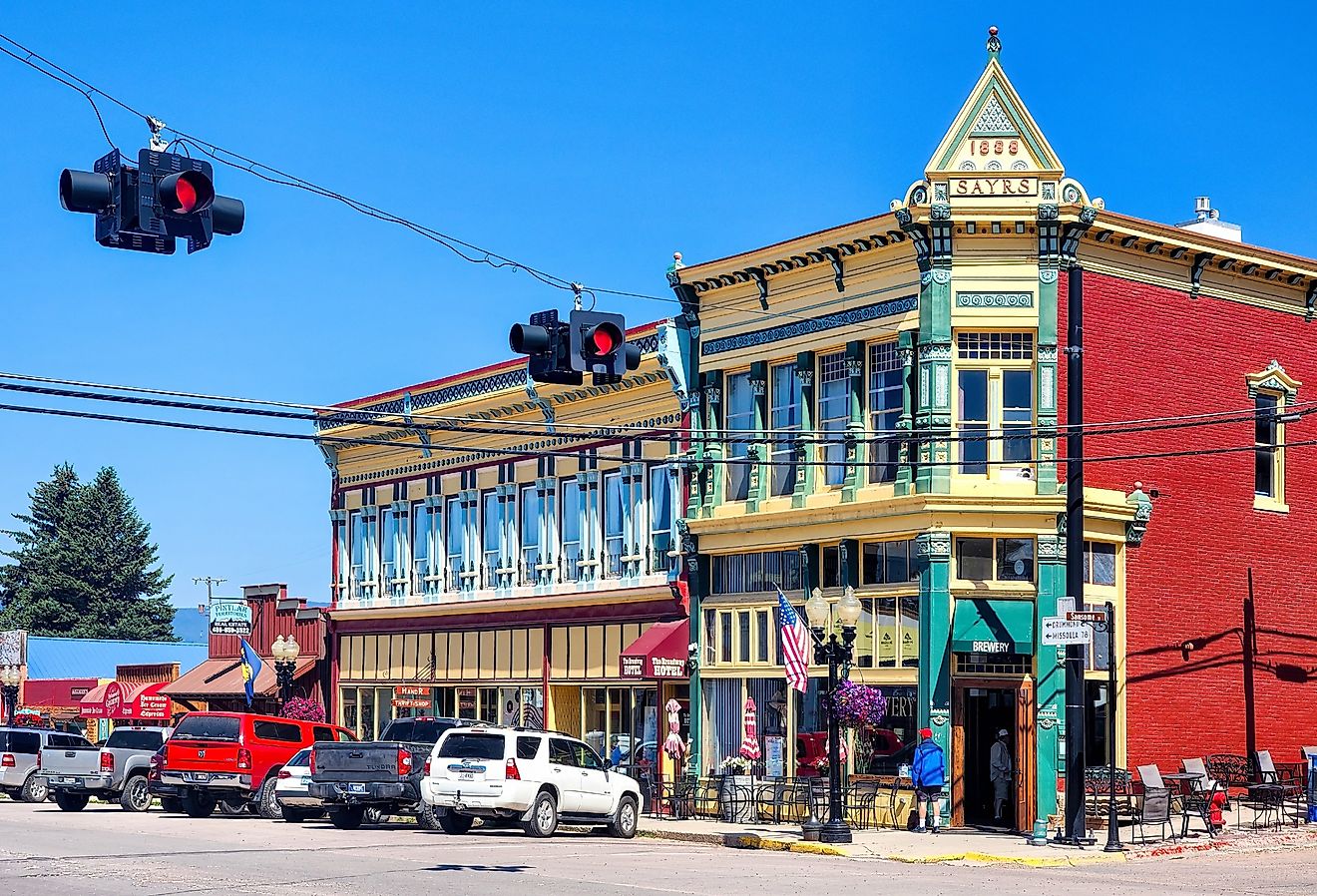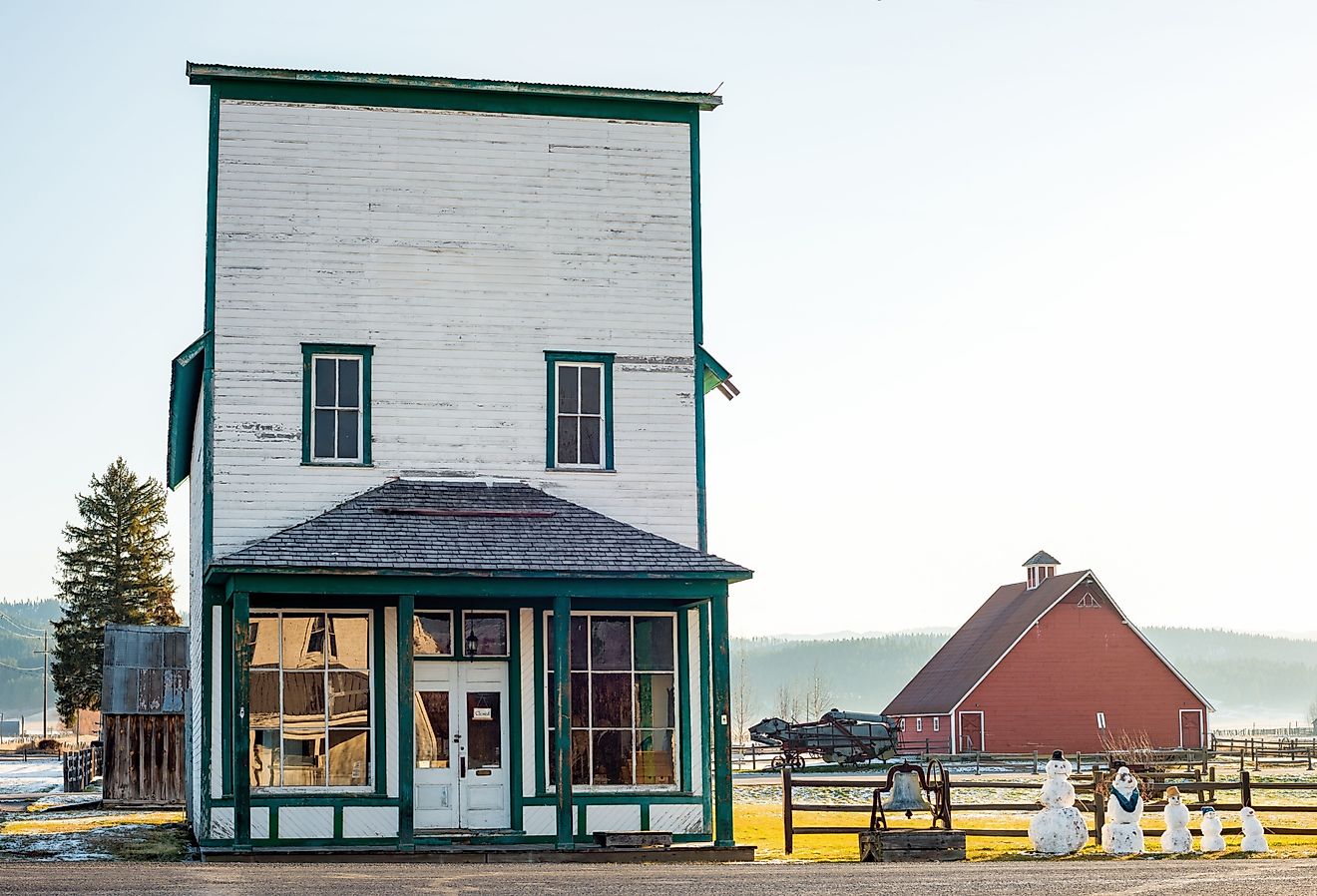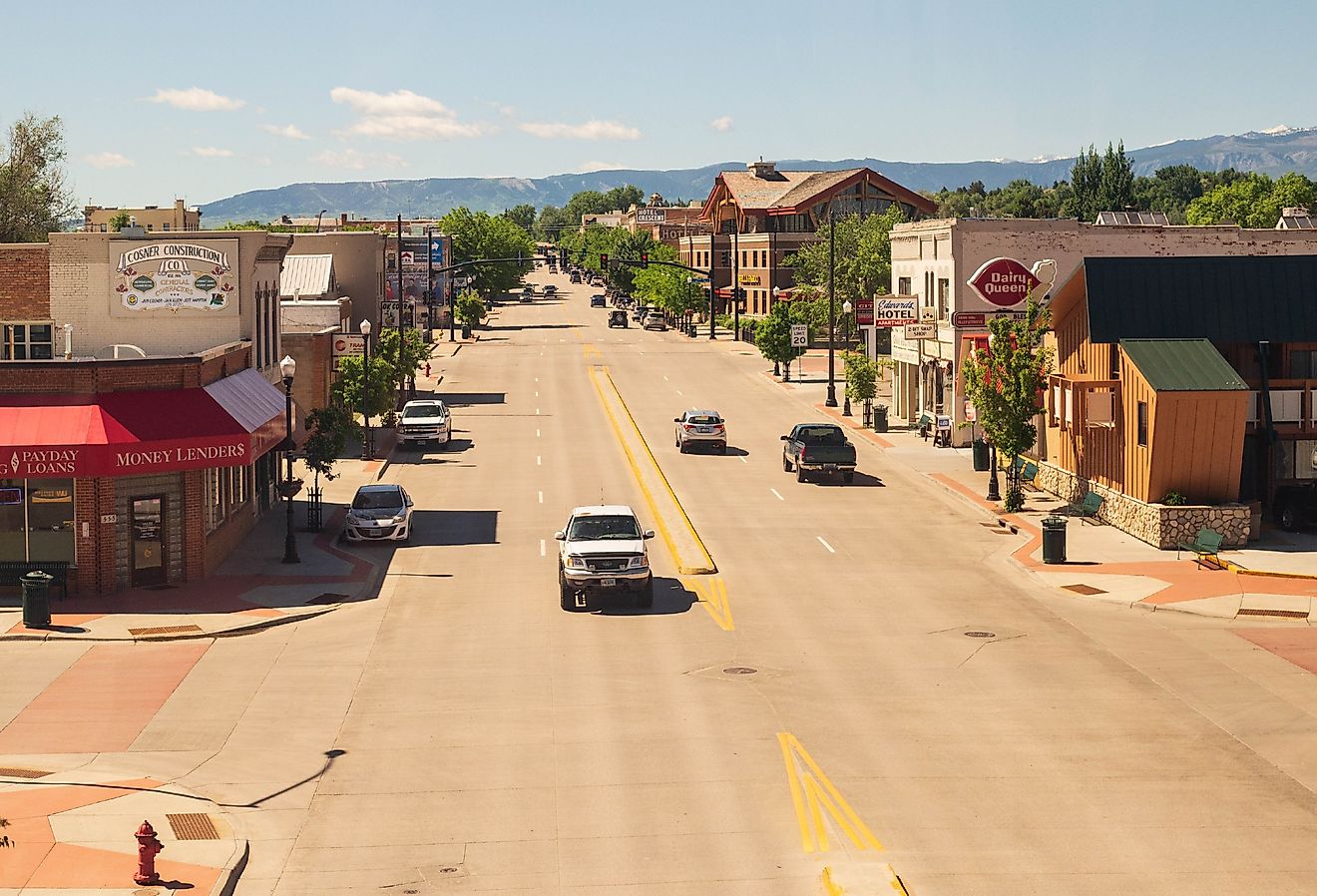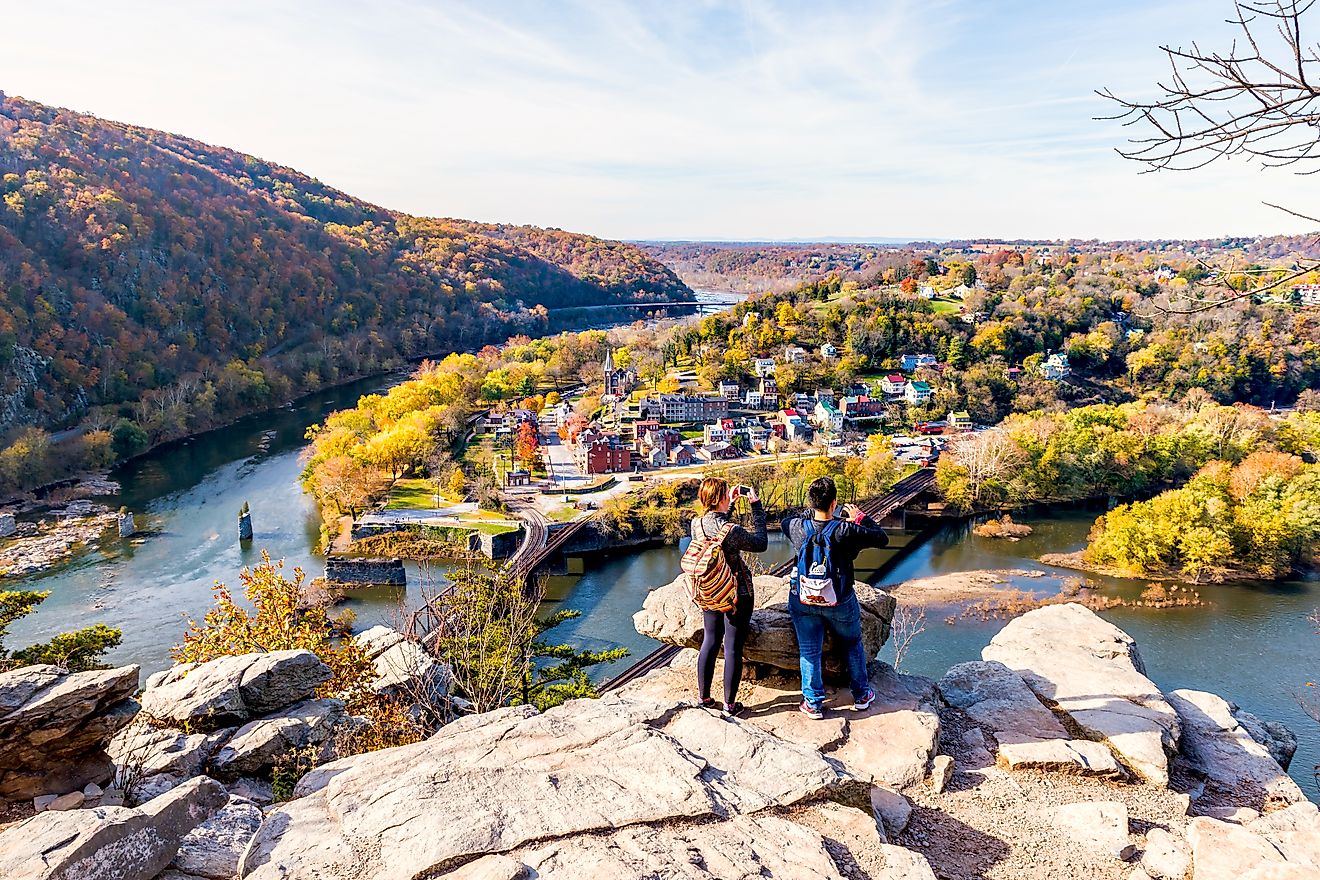
6 Bizarrely Named Towns In Arkansas
While Arkansas is well-known for things like its scenic beauty and fascinating history, it also just so happens to be home to some of the most bizarrely named towns in the United States. Whether you stumble across Toad Suck on a road trip or destinations like Smackover or Oil Trough, these uncanny communities are worth seeking out for their distinctiveness.
While they may provoke a chuckle (or even a raised eyebrow), they have each played a part in the development of the American South, however small, the best of them prove to be so much more than just an oddly named dot on the map.Whether you’re interested in exploring old-world legends or road-tripping along roads less traveled, Arkansas’ most bizarrely named towns provide a fun look at the authentic side of the "Natural State."
Toad Suck
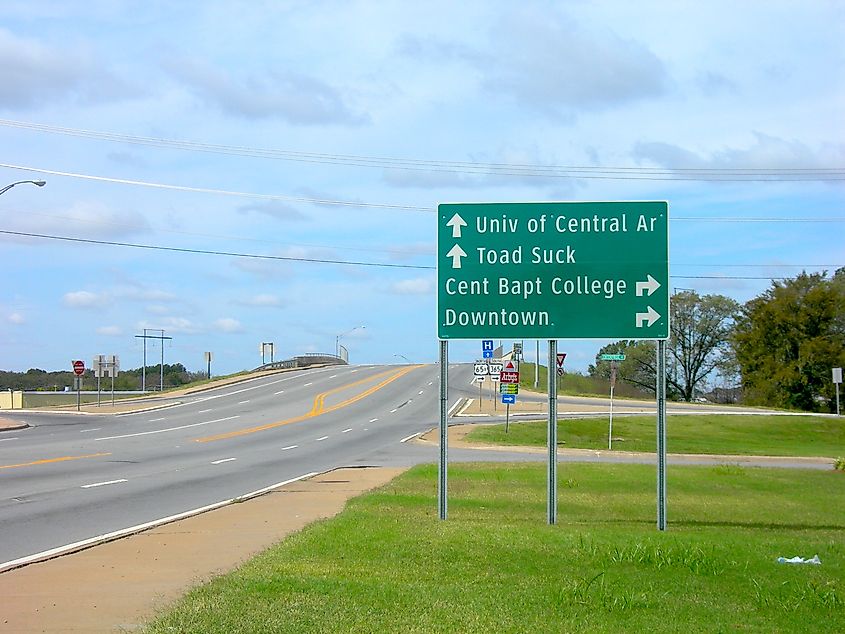
Yes, Toad Suck really does exist. One of Arkansas’s most unusually-monikered locations, legend has it that this small community of under 300 souls got its name from the steamboat crews who stopped along the Arkansas River to “suck on bottles until they swelled up like toads.” The area’s connection to river traffic spans back to the mid-1800s when barges and steamboats used the waterway to transport goods. Today, the Toad Suck Lock and Dam, completed in 1970, serves both commercial and recreational purposes, controlling water flow and offering excellent fishing.
If you do visit the lock, be sure to also explore the adjacent Toad Suck Park. This 48-acre green space features picnic stations and a short hiking trail, as well as a chance to view the lock’s impressive engineering. A great time to visit is during the annual Toad Suck Daze celebration. Established in 1982 and now held in nearby Conway on the first weekend of May, this fun event features traditional music, local craft demonstrations… and, of course, a toad-jumping contest.
Smackover
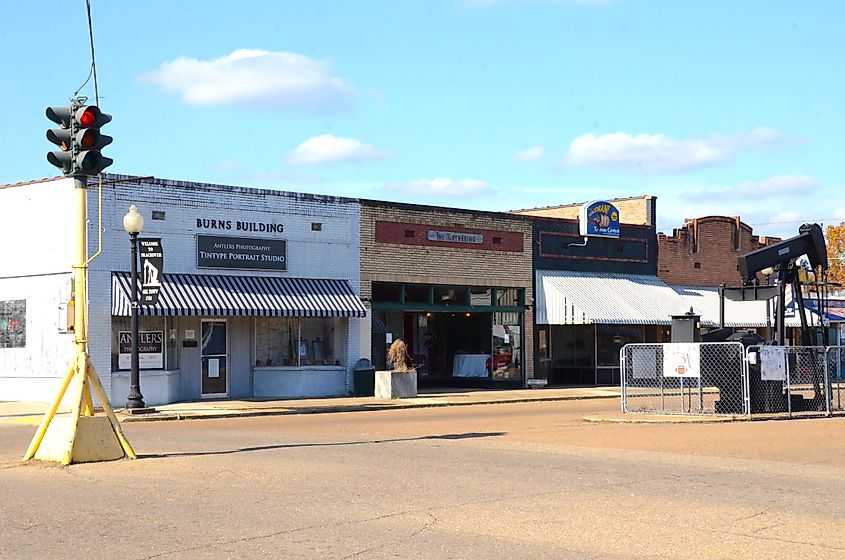
Located a short drive from the state border with Louisiana, Smackover owes its unusual name to the French. Derived from the French term “Sumac Couvert”, loosely translated as “covered in sumac” (a popular spice), Smackover was incorporated in 1922 and quickly rose to prominence during the oil boom of the 1920s as drillers, investors, and workers from across the nation moved to town. Today, the Arkansas Museum of Natural Resources provides a fascinating look at this period of history through indoor galleries showcasing antique drilling equipment and an outdoor park with a replica oil derrick.
A walk through downtown Smackover is a must-do and reveals historical buildings from the early 1930s, many built to meet the needs of oil workers, including the old Smackover Bank, completed in 1931. Each June, the community celebrates the past with its Smackover Oil Town Festival, a fun event featuring the quirky World Championship Rotary Tiller Race and guided tours of historical sites linked to the oil era.
Flippin
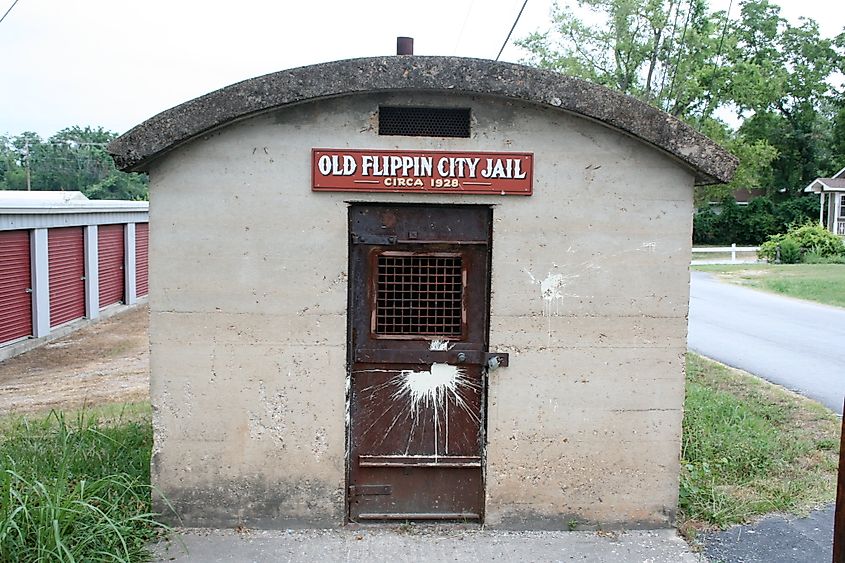
Flippin, located in Marion County near the northern border with Missouri, owes its name to Thomas Flippin, who settled in the area during the late 19th century. Officially incorporated in 1921, Flippin historically relied on agriculture and lumber, but it gained additional recognition for its proximity to the White River. Today, fishing enthusiasts often use Flippin as a launching point for fishing excursions aimed at catching rainbow trout. A lesser-known tidbit is that Flippin is home to Ranger Boats, founded in 1968, and an indicator of the community’s strong link to boating and fishing (guided factory tours are available).
Speaking of Flippin fishing, nearby Bull Shoals Lake is one of the state’s best spots to cast a line for largemouth bass. Created by the completion of Bull Shoals Dam in 1951 and covering an impressive 45,000 acres, the lake is also popular for boating and water skiing. The nearby Buffalo City Bluff Overlook is a great target for hikers and is a six-mile loop trail that leads to a panoramic view of rolling hills and the White River floodplain (allow about three hours to make the trek there and back). Finish your visit with some traditional Southern vittles at the popular ‘Ol South Burgers and BBQ.
Fifty-Six
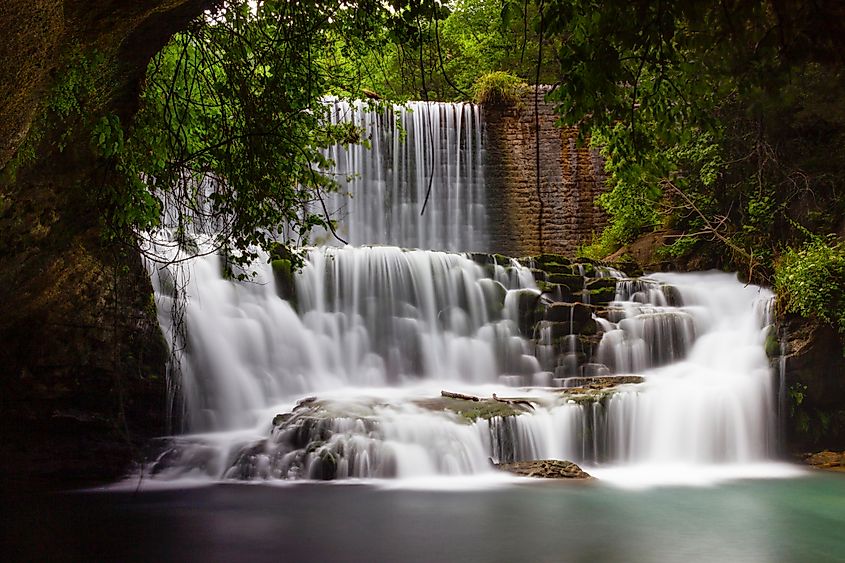
One of the most unusually named towns in the United States Fifty-Six was incorporated in 1918 and owes its name to School District 56, which served as the community’s primary identifier at the time. Despite the small population (it has 160 residents), its location near a number of prime Arkansas outdoor attractions makes it well worth visiting. The Ozark National Forest, encompassing over 1.2 million acres, lies just to the north and offers endless outdoor fun at its campsites, hiking trails, and scenic byways. Blanchard Springs Caverns, just three miles east of town, was discovered by explorers in the 1950s and offers guided tours through a series of cathedral-like rooms with stalactites, stalagmites, and an underground river that still slowly carves its way through the limestone.
While Fifty-Six itself is limited in commercial amenities, stop at Fifty Six Country Store. Constructed in 1922 and still in operation, it also features a collection of old photographs and letters that document the community’s early roots. Just east of town is a 10-acre picnic site, established in the 1960s, providing a quiet stopover for travelers heading into the forest.
Oil Trough

Oil Trough is situated in Independence County along the White River and carries a name that can be traced back to the region’s early French trappers who rendered animal fat into oil and stored it in wooden troughs. While the population is small (just 223 people live here), the area boasts a history of trade linked to the transportation of furs and agricultural goods along the river. Local landmarks include the Oil Trough General Mercantile, which opened as Hankins' Store in 1901; though no longer in operation, this old building makes for a great photo.
Oil Trough also boasts several natural attractions for those interested in fishing and wildlife observation. A public boat ramp provides access to the White River’s catfish and crappie habitats, while Oil Trough City Park is a five-acre green space featuring a walking path alongside a small pond stocked with sunfish.
Evening Shade
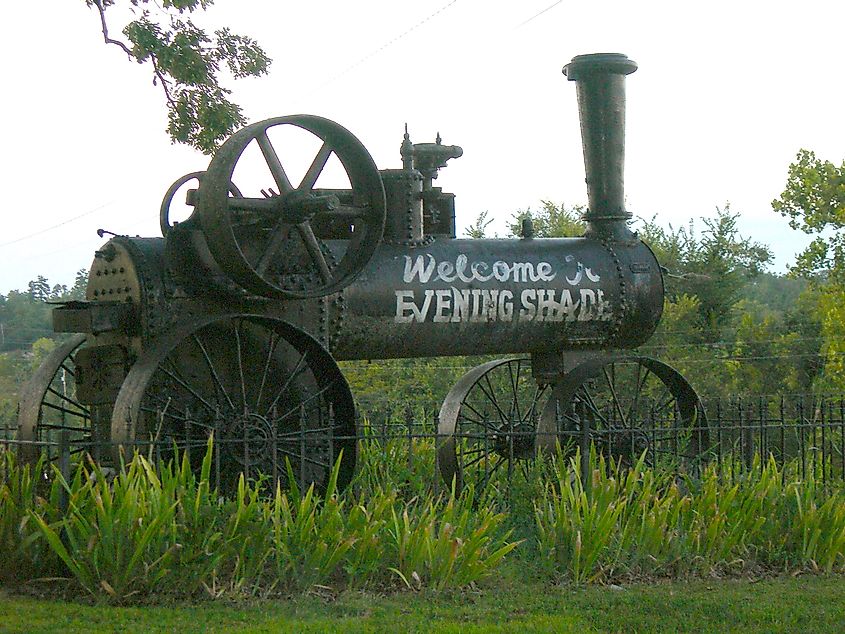
Evening Shade just sounds so special, doesn’t it? And it is, and has even inspired a 1990s TV series of the same name. Established in the late 1800s, it took its romantic-sounding name from the extended shadows cast by the surrounding Ozark hills which causes the area to grow darker earlier than neighboring locations. Evening Shade served as the county seat between 1868 and 1894, and although it currently has a population of only a few hundred people, it’s well worth a stop if you’re road-tripping through this part of Arkansas.
You can get a sense of the town’s past at its historic cemetery with marked graves dating as far back as 1869. The Strawberry River, coursing just south of the city, is another must-visit here and provides spots for fishing smallmouth bass and other freshwater species.
The Final Word
There’s little doubt that these six Arkansas towns demonstrate how local history, geography, and traditions can converge to produce memorable place names. While their unusual monikers might initially attract attention (and a chuckle) just because they’re weird, dig a little deeper as we did, and you’ll find fascinating stories that suggest a strong connection to the past. Whether you’re led by curiosity or a desire to uncover lesser-known corners of Arkansas, these communities remind us that even the most bizarre-sounding places can be surprisingly fun to get to know.
